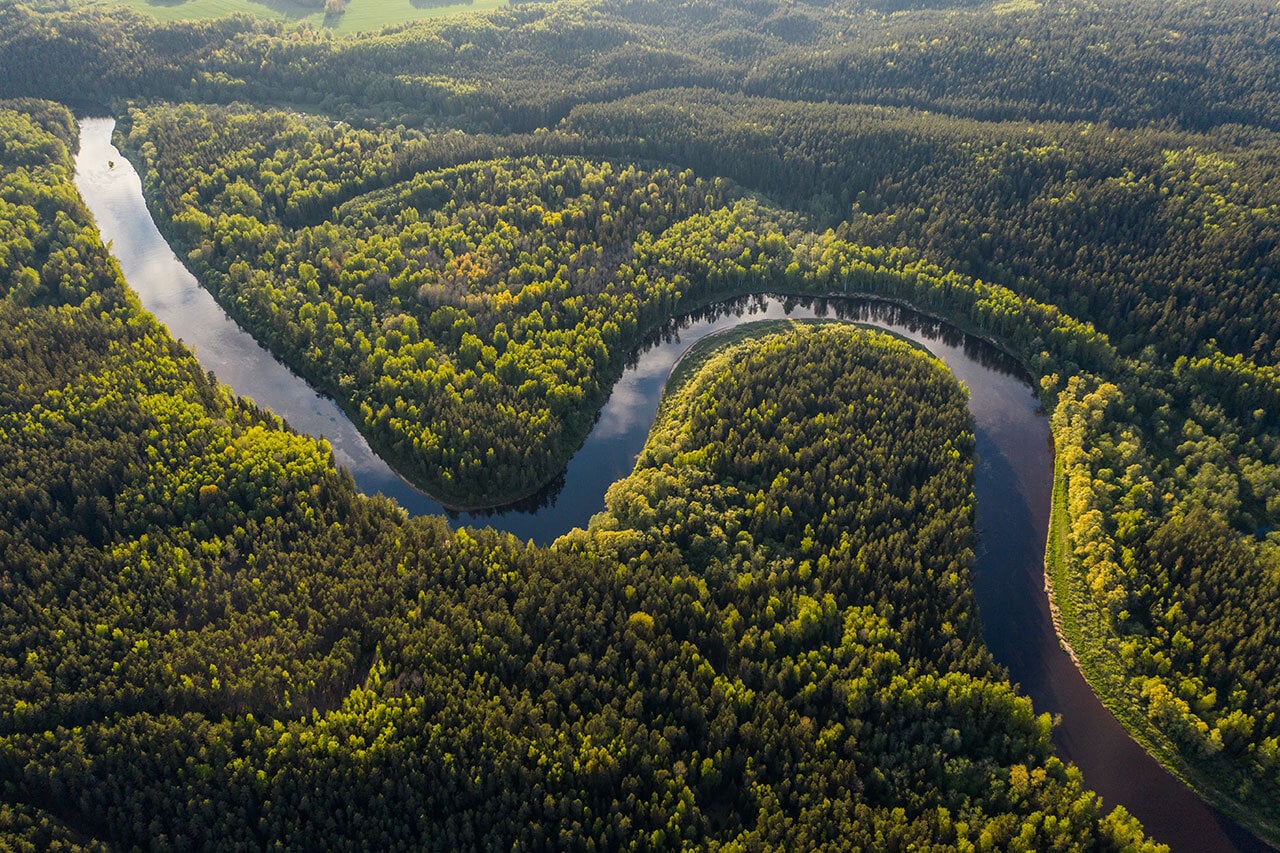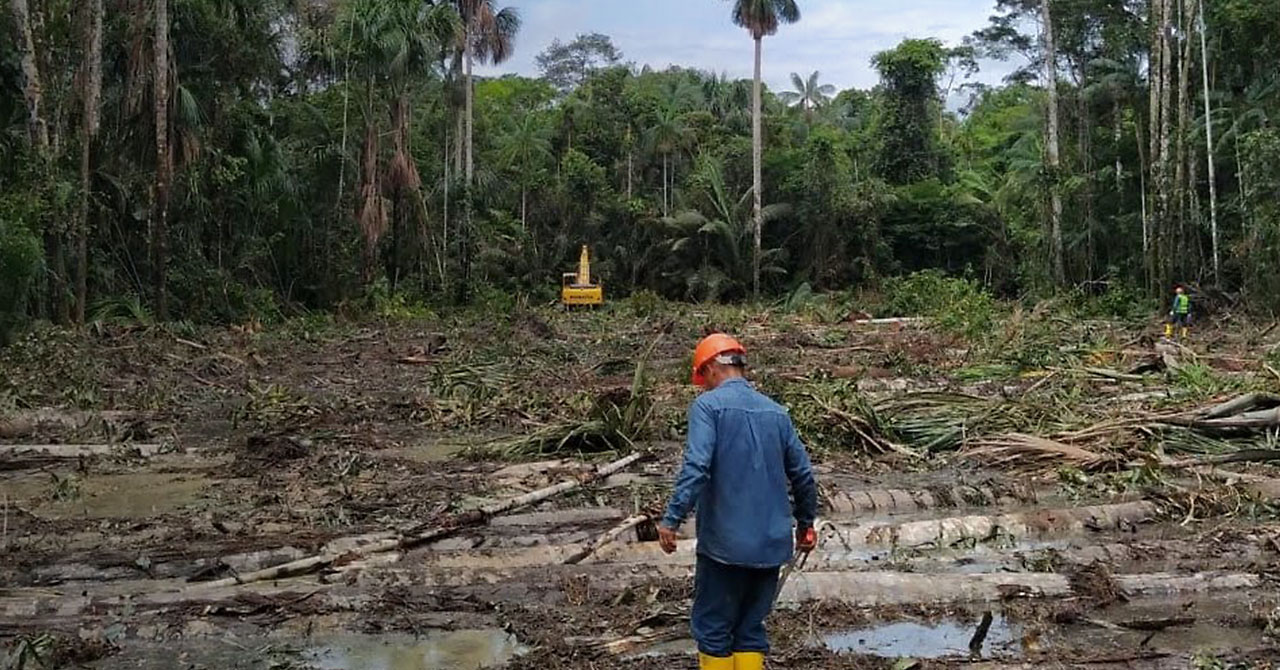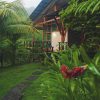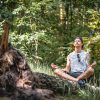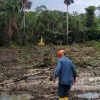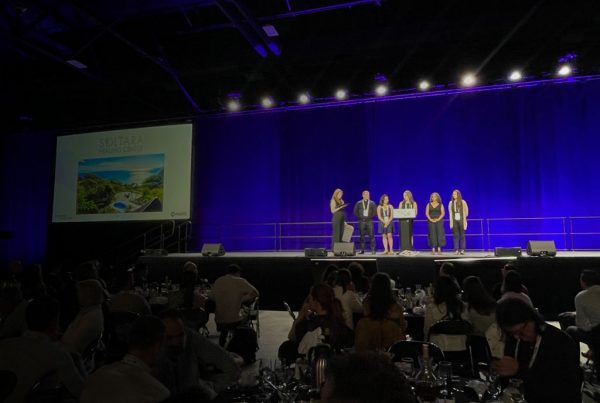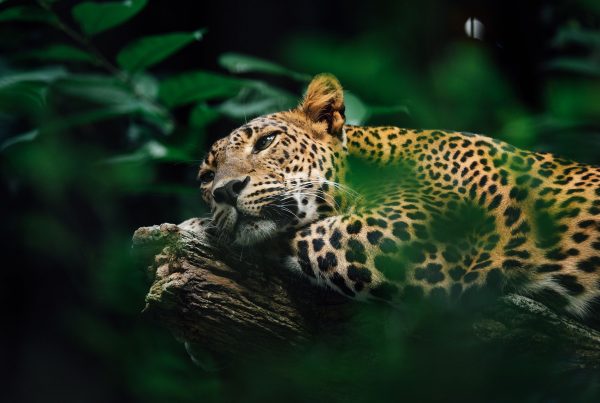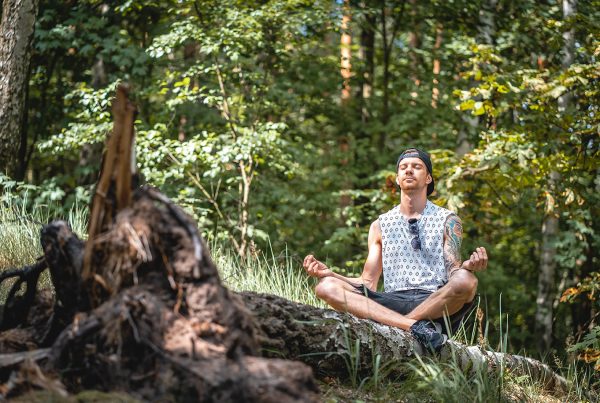A systems thinking lens will help us fight for the Amazon, with 5 reasons to get started
We are the Amazon, and the Amazon is us. While it may just seem like a faraway rainforest that most of us will only dream or read headlines about, our dependence on the Amazon for our collective survival has never been closer to home. Why is it more timely than ever to stand in solidarity with the Amazon – its people, plants and the vital ecosystems that hang in its balance? And which institutions and governing bodies benefit from the ongoing destruction of our rainforest? The gap between this precious ecosystem and its imminent destruction is closing faster than most of us have realized. We couldn’t think of a more pressing topic to explore here, given the four-year mark since the Amazon exploded in record-breaking fires back in 2019 (more than 80,000 if we’re counting).
With Climate Week upon us, we remember the tragedy of the fires that swallowed a large portion of the Amazon and look to partners and environmental watchdogs we’ve had the privilege to know and support, like Amazon Watch (ICYMI: here’s a video interview between Soltara’s co-founder Dan and AW’s Executive Director Leila Salazar-Lopez following the fires). Since 1996, they’ve protected the rainforest and advanced the rights of Indigenous peoples in the Amazon Basin, campaigning for human rights, corporate accountability and the preservation of the rainforests’ ecological systems.
At the top of their agenda right now is an initiative called “80×2025” to urge the global pact to permanently protect 80% of the Amazon by 2025 to “avert an imminent Amazon tipping point and address the planetary climate crisis.” While messaging like this isn’t new, the origin of this urgent call is cause for a pause – coming from Indigenous peoples of the Amazon who are currently witnessing (and resisting) the destruction of their natural habitat. They’ve been the staunchest defenders of the Amazon, yet they’re now at the highest risk of losing their homes, resources, medicines, communities and ultimately, livelihoods.
We have always stood firmly for indigenous wisdom, culture and voices as a Shipibo-led ayahuasca center with locations in Costa Rica and the Amazon in Peru. Understanding that a healing container is both set and setting, we’ve never broken from lineage-based tradition nor have we compromised on the source of our plant medicine, which is purely brewed without admixtures, sustainably sourced and replanted for healthy cultivation. We understand that alliances with organizations like Amazon Watch are critical in the face of profit-driven agendas destroying indigenous-centered and climate-centered livelihoods. Social and environmental justice are interconnected, and this balance must be restored. All our lives depend on it, and a systems thinking lens will help us get there.
5 reasons why we must fight for the Amazon
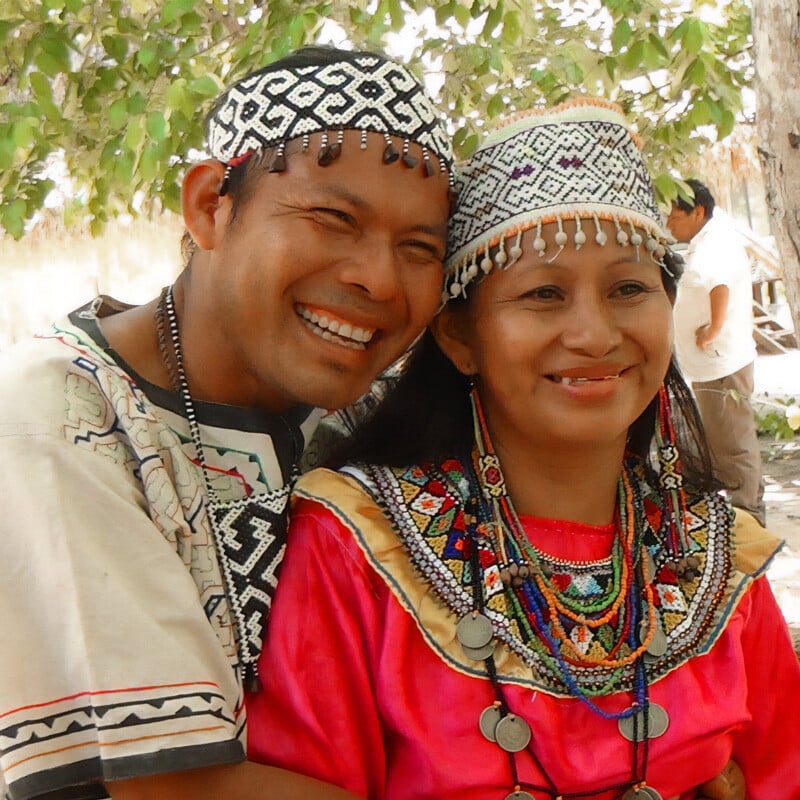
Whether you live in a desert, city, suburb or on the opposite side of the world from the Amazon, just imagine that the Amazon’s activities are directly impacting the world’s climate change and resources we all rely on daily (because they are). It’s easy to forget how pressing this issue really is, since it rarely gets the kind of headline-grabbing attention that other issues provoke. That doesn’t mean we can’t try and celebrate our small wins of solidarity. Here’s why we depend on the Amazon more than we think.
1. Its biodiversity yields precious and irreplaceable resources
The Amazon houses over 16,000 tree species, 390 billion individual trees, and 30% of the world’s insect species. We can even compare the Amazon to our global medicine cabinet, through the sheer fact that it contains over 10% of the world’s plant diversity and contributes to 120 prescription drugs worldwide. It is literally teeming with life of all kinds! Life-saving prescription drugs aside, we also know that the Amazon is home to the two main ingredients of ayahuasca, both the ayahuasca vine (Banisteriopsis caapi) and the chacruna leaf (Psychotria viridis) which contains the powerful psychoactive DMT. When brewed, this powerful plant medicine can help seekers release traumas, clean out their systems and get to the energetic roots of their suffering and illness. All that to say, the Amazon is a living library of traditional medicine, offering healing to both Indigenous peoples and Westerners from the Global North looking for other healing alternatives when Western medicine fails to help. To sustain and empower our Earth defenders, we can do better to confront the human rights emergency by learning more and pledging support here.
2. Our hydrological cycle depends on the Amazon’s natural function
Did you know that the Amazon generates almost half of its own rainfall, and also regulates rainfall in places as far away as Britain and the American Midwest? The interdependence between agricultural yield and rainfall can’t go understated. If we trace the origins of the Amazon’s water cycle, we begin to narrow in on two rivers – the Amazon River (flowing east from the Andes) and the “River in the Sky” (flowing from the Atlantic to the Andes). What’s lesser known about the sky river is that it “nourishes the forest with rain and then the water evaporates off plants through evapotranspiration, replenishing the clouds with moisture.” Without this incredible dance of nature, the Amazon would’ve already dried up. But instead, 20% of our planet’s freshwater is located here. That said, with rising rates of tropical deforestation, the distribution of rainfall could change and dry up faster than we think.
3. Indigenous nations and earth defenders can lead the way
We can’t think of better suited leaders than the Indigienous people to help steer us out of the impending planetary climate crisis. Not to mention, almost half of the remaining intact forests are located in Indigenous territory – where 511 indigenous nations reside and 300+ languages are spoken. Their safety in the long haul isn’t guaranteed as extraction for mining, illegal logging, oil and agribusiness continue to deplete the land, resources and sacred livelihoods. They’re essentially living in the shadow of a colonial past, and we must all play our part to ensure history doesn’t continue to repeat itself and erase marginalized lives. What we do have are numbers, and numbers don’t lie as this powerful Amazon Watch video shows – “Deforestation and degradation in the Amazonia must not cross the 20-25% threshold.” If we push past this limit, science warns that we’ll “reach an irreversible tipping point.” Instead, we can start listening to Indigenous people and their proposed 13 measures to reach 80% protection via “80×2025.” Signing this petition is a first step in this direction.
4. The health of the Amazon is the health of our planet
The two are not separate, and we are not separate from the Amazon or planet. If you’re still not convinced that the Amazon is our great climate change buffer, consider that its 390 billion trees hold massive stores of carbon at the level of their roots, trunks and leaves. About 90-140 billion tons of carbon are currently stored thanks to the incredible intelligence of nature. But this isn’t a guarantee if we (as a society) continue with business as usual. Drought, mining, rising temperatures, and deforestation are weakening the Amazon’s natural ability to sequester carbon dioxide and as a result, increasing net emissions. This will inevitably cause drier forests and more forest fires, perpetuating a vicious cycle we know too well. The possibility for climate change reversal is here. You can help Amazon Watch pledge to keep extractive practices, like mining, out of and off Indigenous lands.
5. Preventing infectious diseases like COVID-19 hinges on preserving nature
The science is clear. Wildlife trade and human invasions of natural habitats (leading to massive disruptors like deforestation) are cause for the massive spike in infectious disease over the last 50 years. Research shows that deforestation has contributed to 31% of emerging diseases, including malaria. We’re all coming out of a world pandemic, which has taken a toll on our physical, mental, emotional and spiritual lives beyond measure. How we decide to act on the awareness that the Amazon’s safety is our own will truly define the next frontier of health.
In closing
“Rainforests sustain us,” says Leila Salazar-Lopez, Executive Director of Amazon Watch.
If you walk away with anything, we hope you come away with a deeper embodiment of the Amazon’s role in the world’s ecosystem. There is no doubt that the Amazon is in crisis, but the flipside is that we all can do something about it. In healing our land and the life that inhabits it, we are also healing ourselves and our role in it. After all, we’re cut from the same cloth. If you’re feeling called, head over to Amazon Watch and get involved in their “80×2025.” Below are other initiatives that may also resonate with you:
- Mining out of the Amazon
- Tell Banks to Exit Amazon Oil and Gas Now
- Pledge to end California’s Consumption of Amazon Crude
- Defend 80% of the Amazon by 2025
- Defend Amazonian Earth Defenders
Whatever you do, just do something – and do it with passion.
